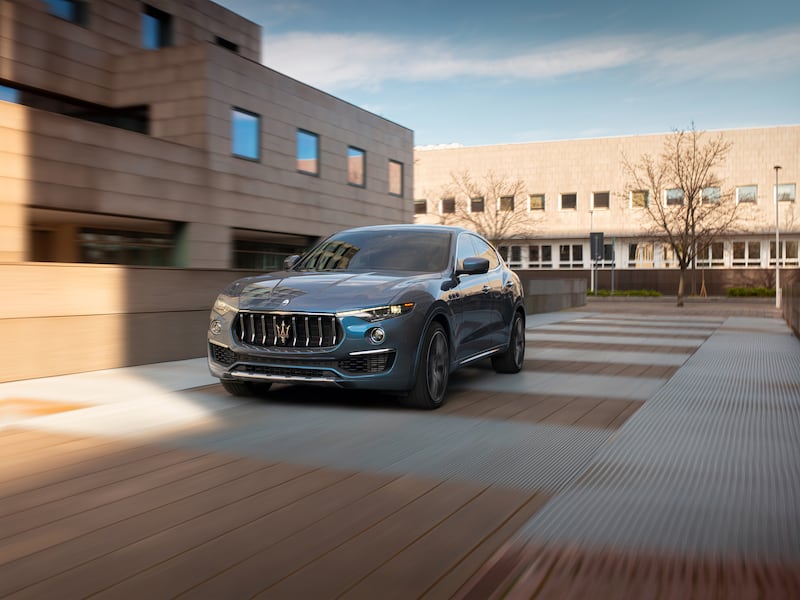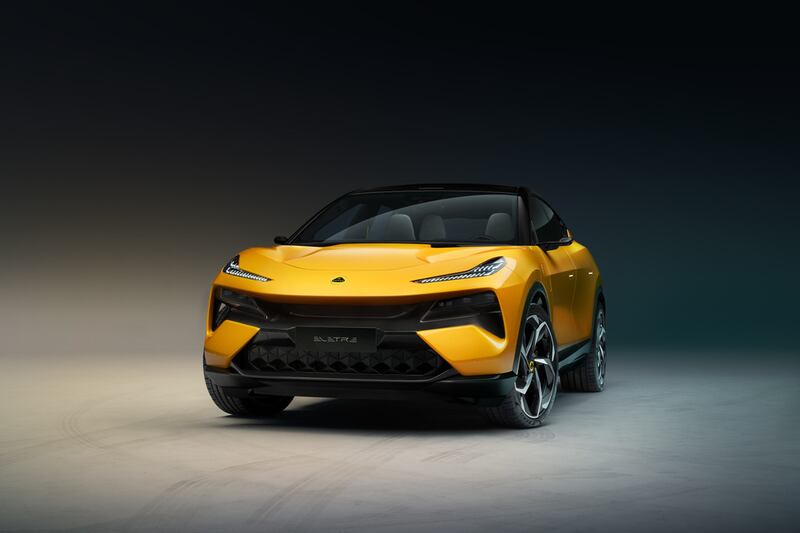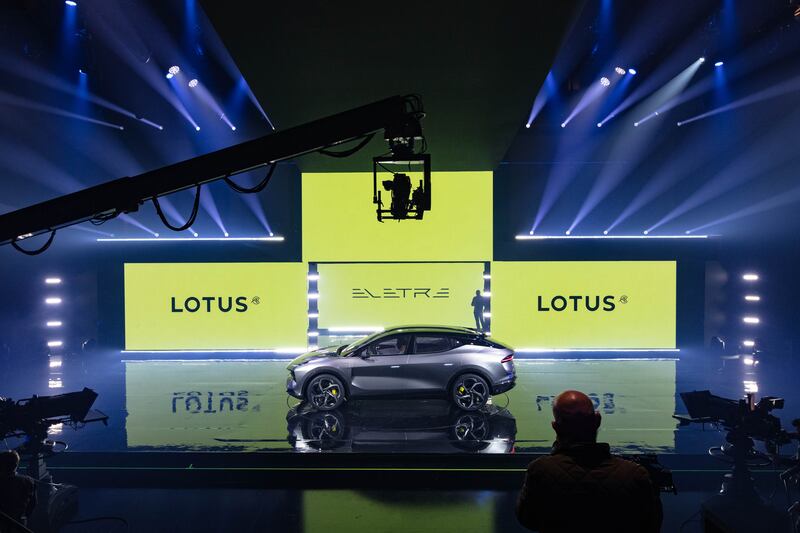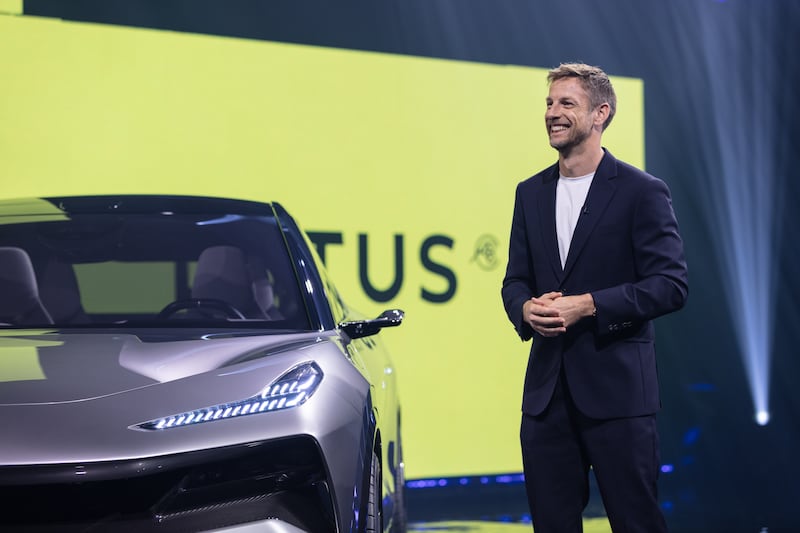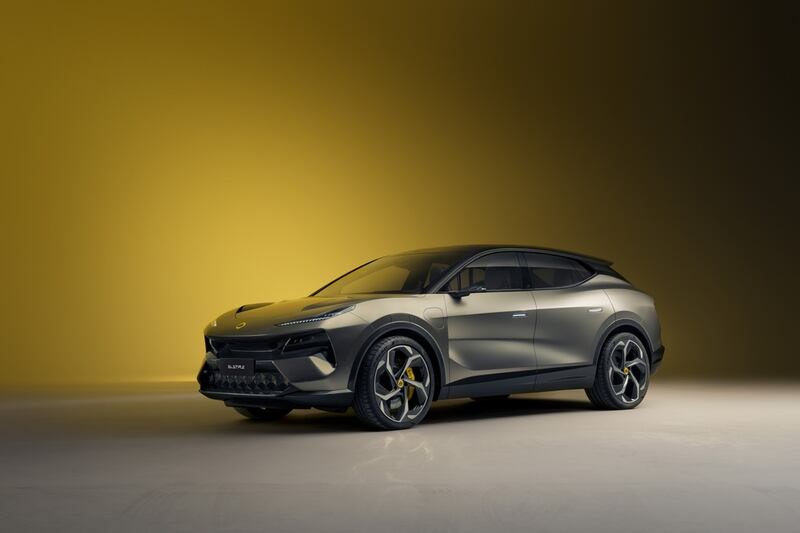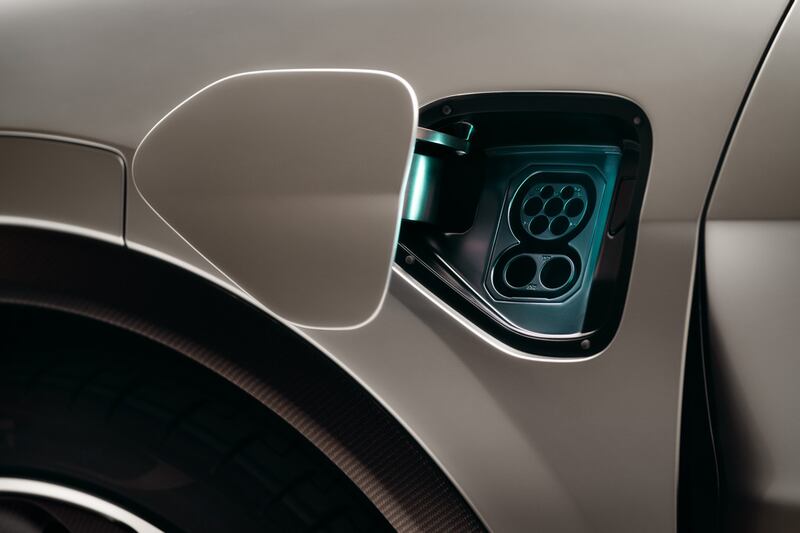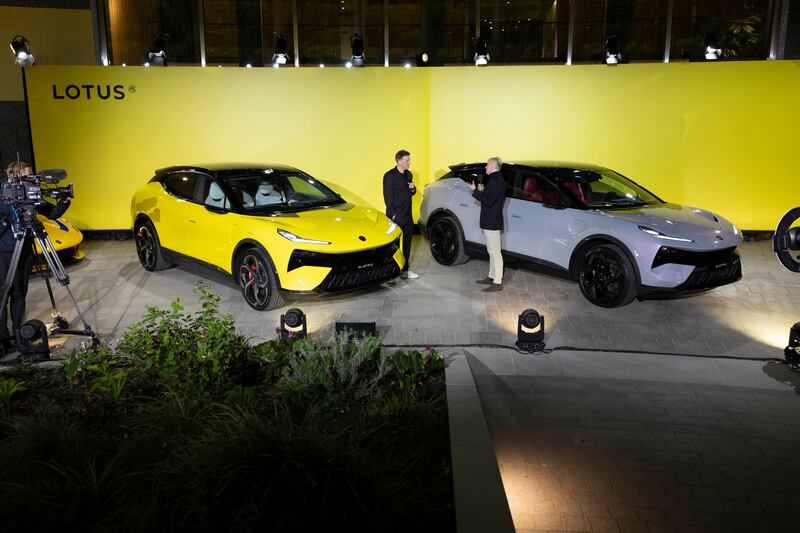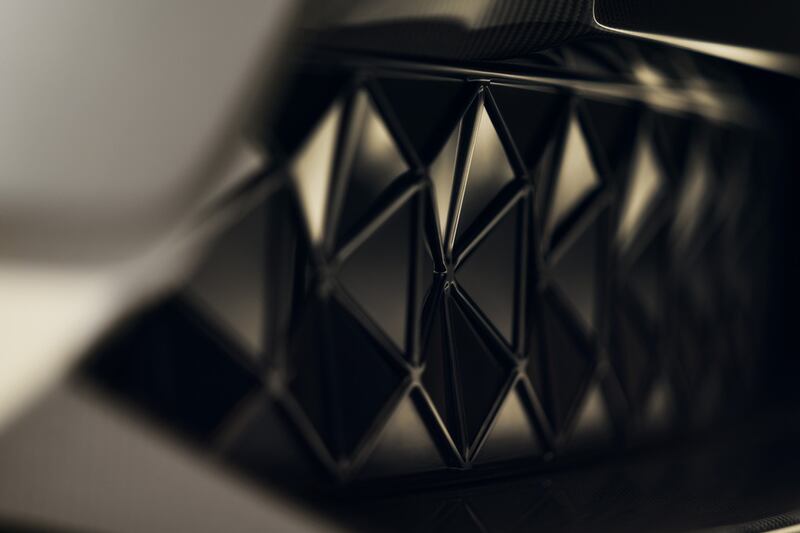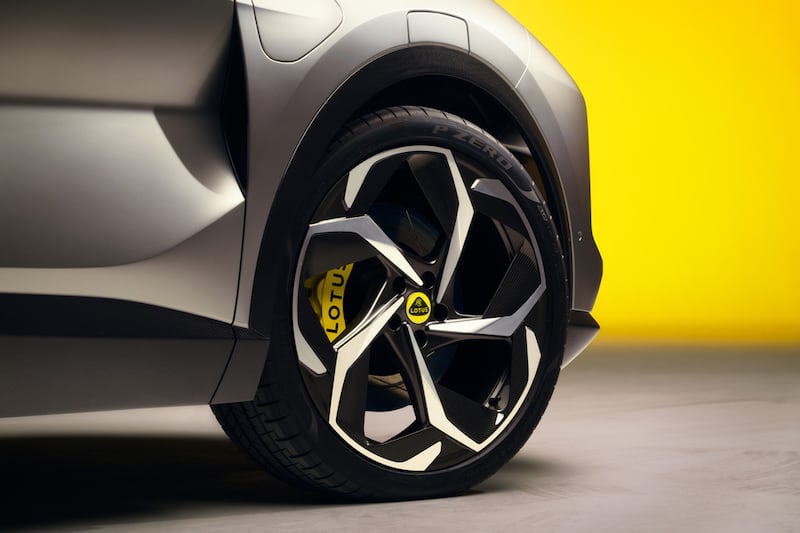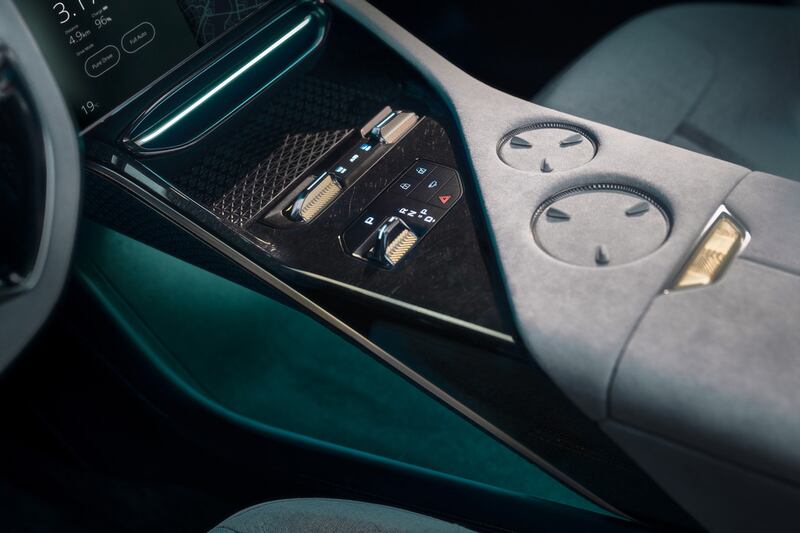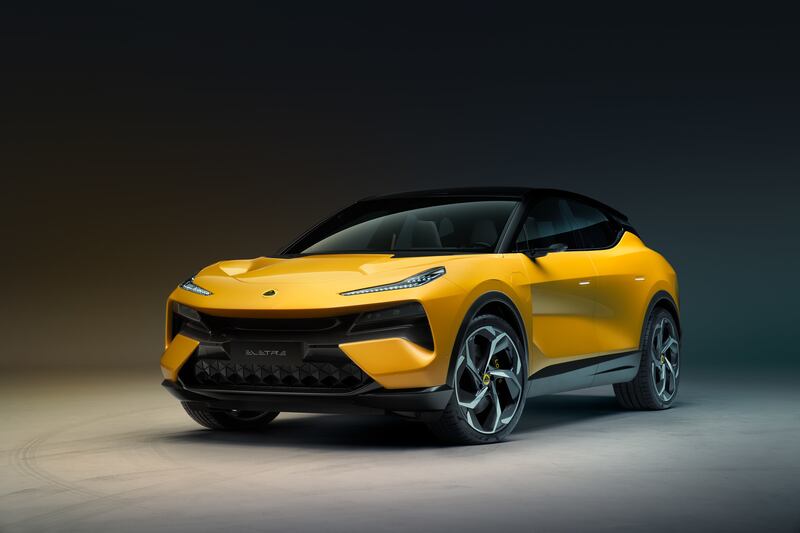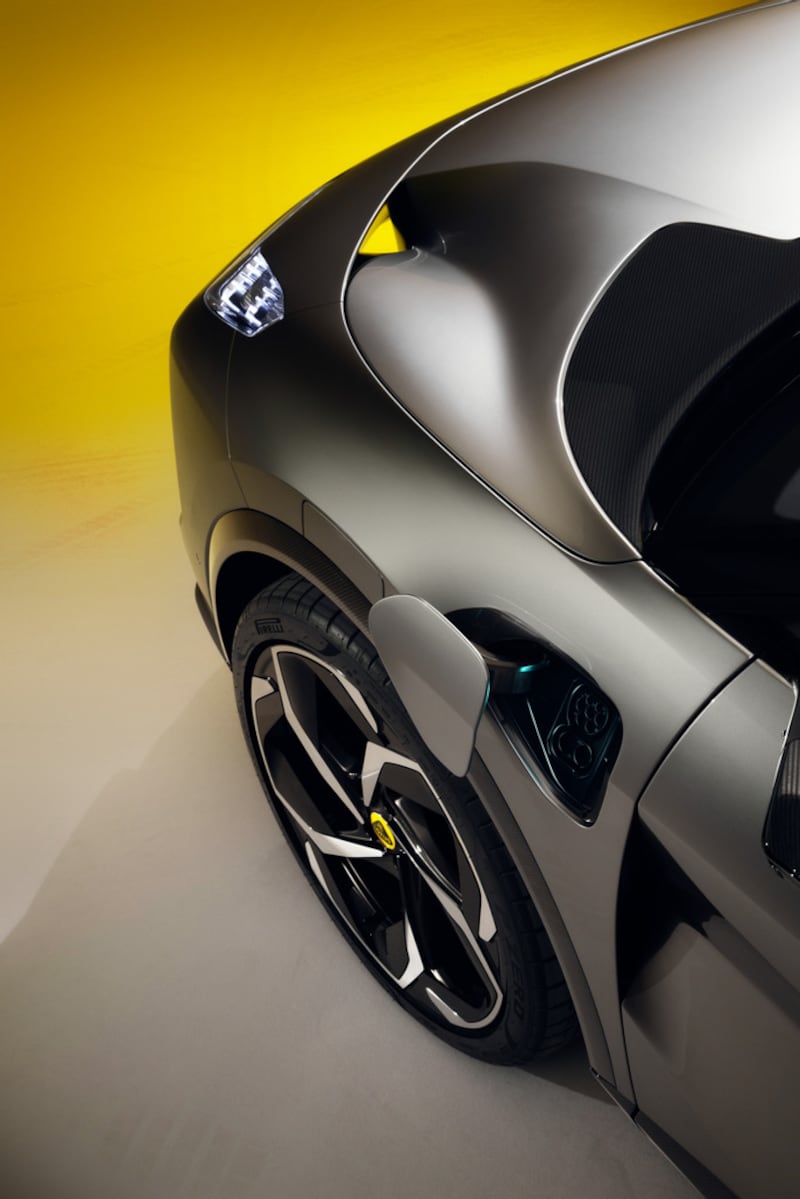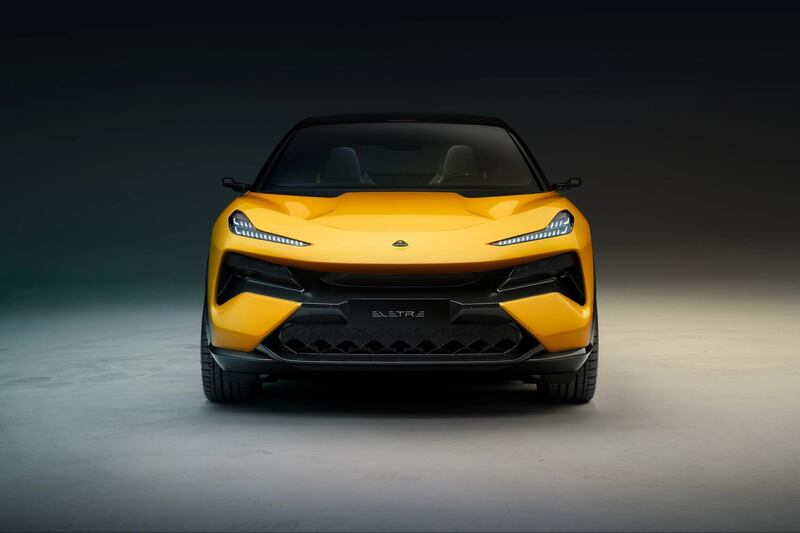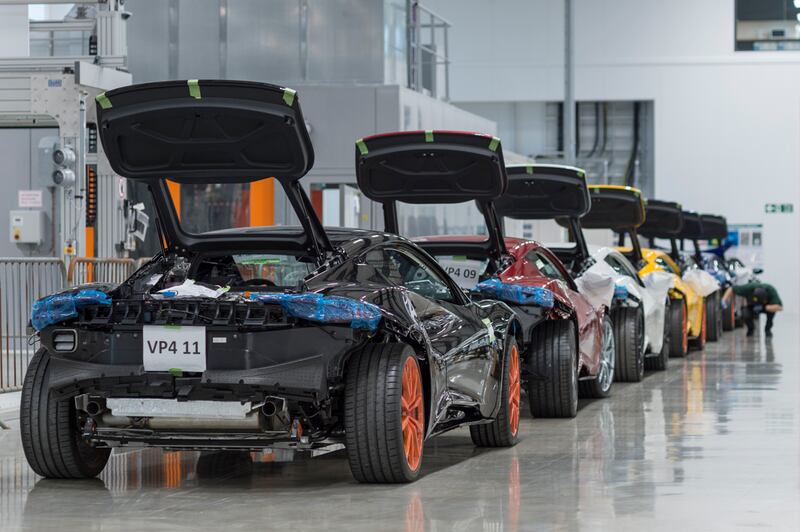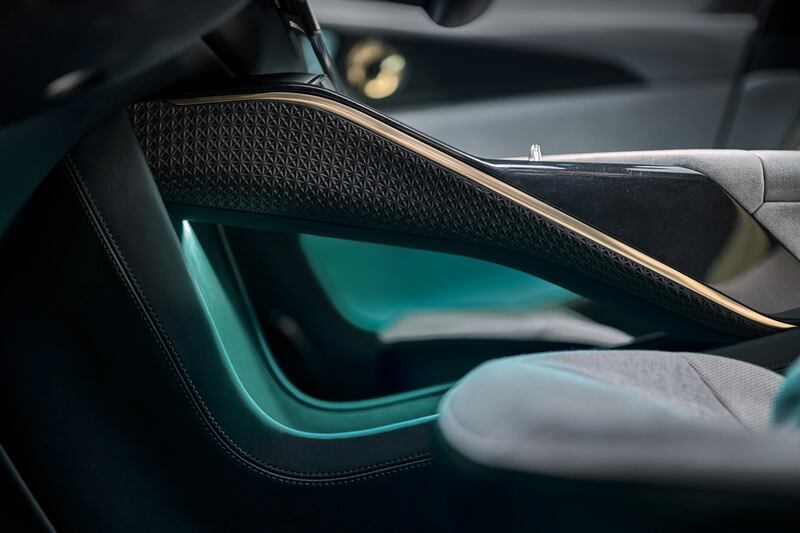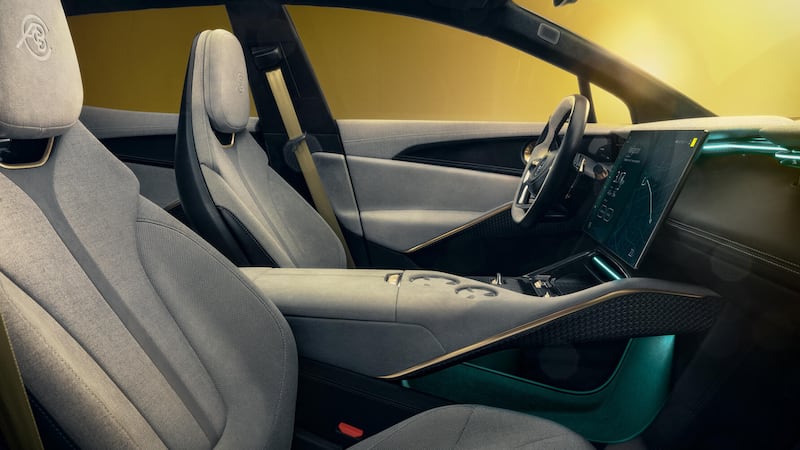We’ve been lucky to enjoy big-engined cars thanks to favourable fuel prices, but as you may have noticed lately, the wallet is getting thinner each time we leave the petrol station, as prices creep skyward each month.
It’s time to toe the eco line and consider more fuel-efficient options. Hearteningly, as the new Maserati Levante Hybrid GT shows, it can be done without sacrificing prestige or performance.
Producing 325bhp from a two-litre, four-cylinder turbocharged engine and an eight-speed automatic transmission, the new Levante Hybrid GT rivals the former V6 engine previously used, by dragging its 2,090 kilograms to 100kph in just six seconds and on to a top speed of 240kph.
The Alfa Romeo-derived engine is supported by a 48V mild-hybrid system to deliver 450Nm of torque from just 1,500rpm that, Maserati says, gives it diesel-like torque while being 80 per cent better on fuel economy with 25 per cent fewer emissions.
The engine is also 24kg lighter, which nicely offsets the extra weight of the batteries that Maserati has cleverly placed down the back so that the Levante can continue the company’s tradition of offering perfect 50:50 weight distribution for better handling.
The power train is almost identical to its saloon sibling, the Ghibli hybrid with its core component being a belt start generator (BSG) that recovers energy while braking and coasting, which is then be stored in a 48-volt lithium-ion battery in the rear.
So unlike other hybrids, this car doesn’t run on electricity alone, because it is constantly powered by a petrol motor, but the energy stored in the battery is then used to improve overall efficiency. It does this by returning power to the BSG, which can then assist the engine to reduce emissions, improve fuel consumption and boost performance.
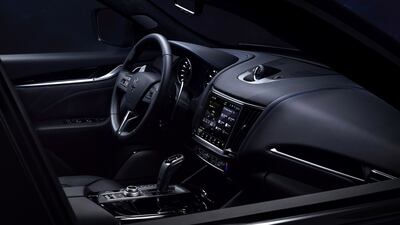
Using an electrically driven e-booster compressor that supports the regular turbocharger, it helps at lower revs to wipe out turbo lag and provide more torque and better lowdown grunt.
Maserati insists the weight penalty of going down the plug-in hybrid path, which requires a heavier and larger battery for a gain of 50 kilometres of EV running, doesn’t make sense. Given the Levante hybrid hasn’t lost any space to its petrol siblings – remaining at 580 litres and 1,652 litres with the rear seat folded flat – you’d have to agree.
In the cabin, the centre console features the latest Connect software and more computer grunt to speed things up, along with better connectivity and wireless charging that’s compatible with Apple Carplay and Android Auto.
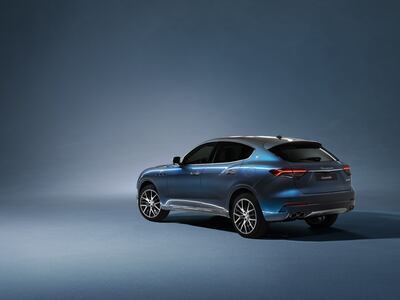
Like the regular Levante, the Hybrid GT offers four drive modes comprising Normal, Sport, Ice and Offroad. It also has an added feature it refers to as Sailing, which disengages the transmission when cruising to save fuel and cut emissions.
With air suspension as standard, in Normal mode, the driver can lower the vehicle by 20 millimetres, while in Sport, the Levante automatically drops by this amount as the steering and suspension also recalibrate for a sports drive. Flicking it to Offroad will raise it by 25mm with the possibility to increase further to 50mm for crawling over obstacles and difficult terrain.
Using the car’s variable ride height, finding a sweet spot for swift country road driving didn’t take long as it soon got into its performance stride. On road, performance from the four-cylinder engine is remarkable, although like the Ghibli Hybrid, it lacked the aural sensation we’re used to with Maseratis. That is, however, a price we have to pay with ever-tightening EU emission, exhaust and decibel restrictions.
Outwardly, it is nearly impossible to spot the difference because the only giveaway on the Levante Hybrid is the GT badge above a trio of side vents on the guards that are tinged in anodised blue.

The new grille introduced across the range last year to resemble the classic Maserati 3200GT, now features chrome highlights, as does the front bumper, while the brake callipers and a sliver of the iconic Trident badge on the C-Pillar are also in anodised blue to match the vents.
For the driver and front-seat passenger, there’s a new high-res display and cluster with new graphics specific to the Hybrid, while the leather stitching on the seats and door panels are also in “hybrid” blue.
While it may look like a mild facelift from the outside, underneath the Levante Hybrid GT is anything but, as Maserati has invested heavily to overhaul Fiat’s old Mirafiori plant to produce the Levante SUV as part of a 10-model onslaught over the coming years in its move to electrification.
